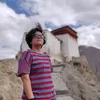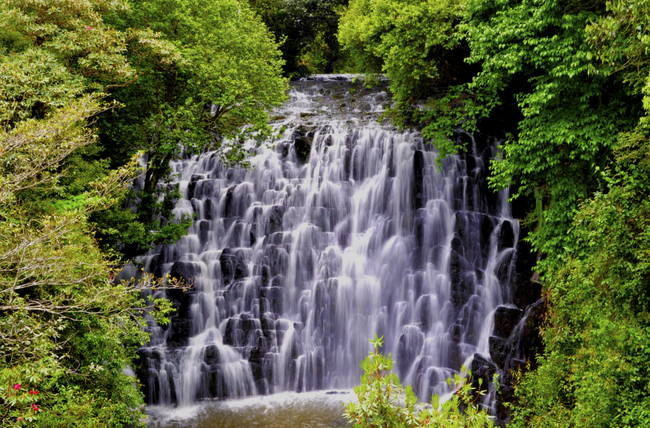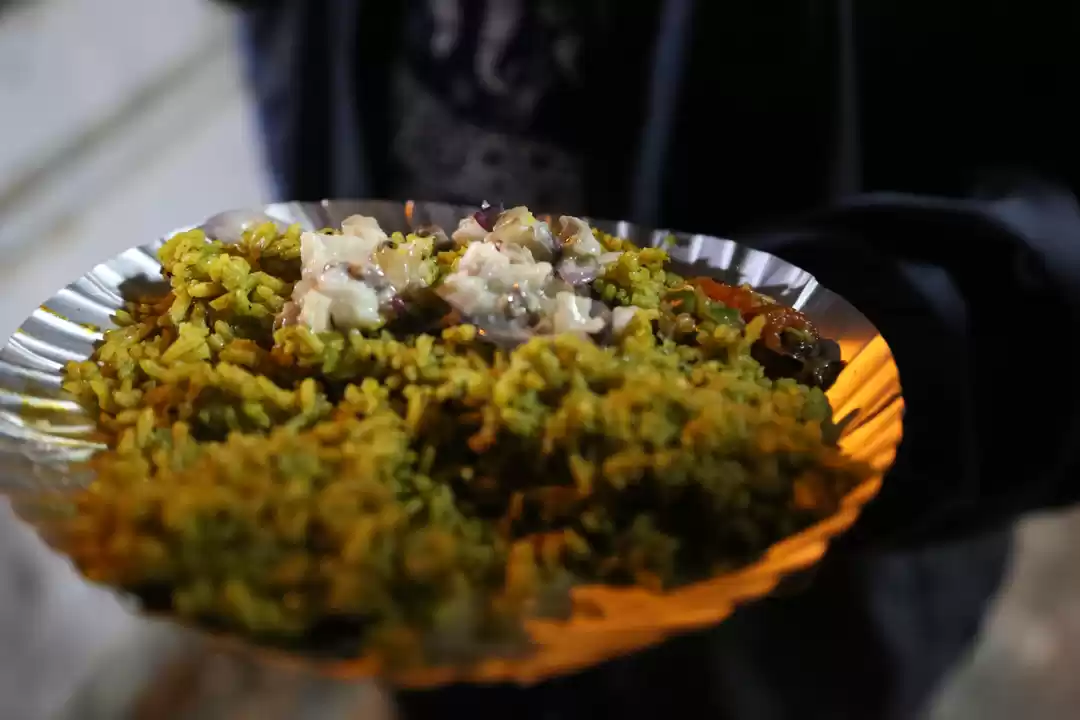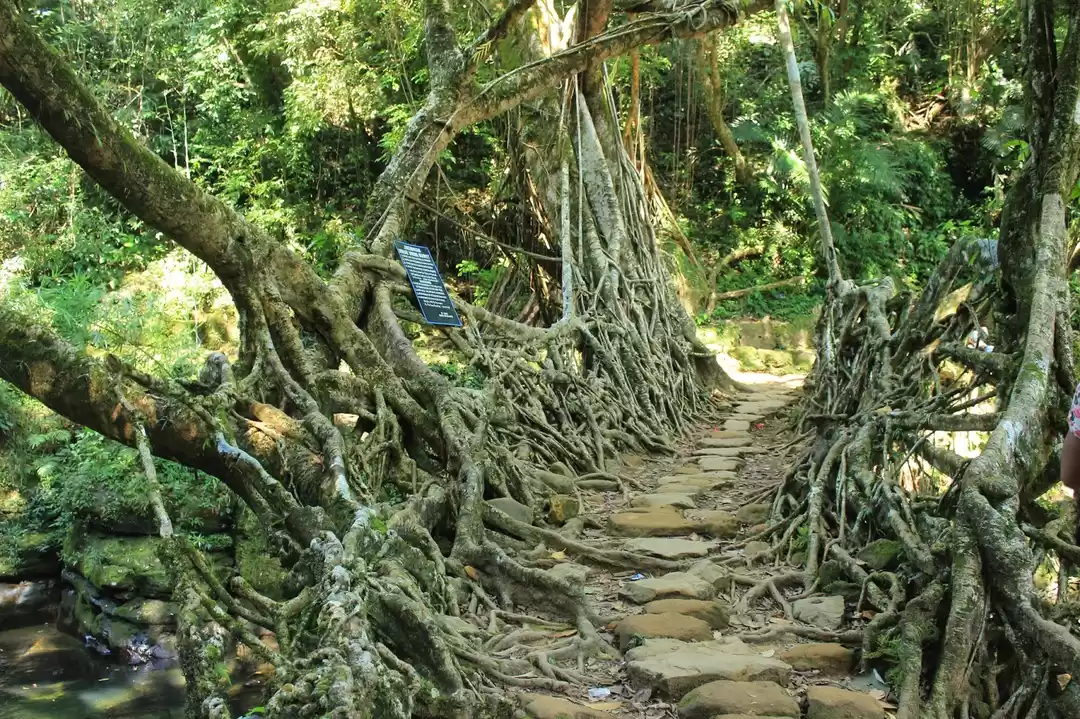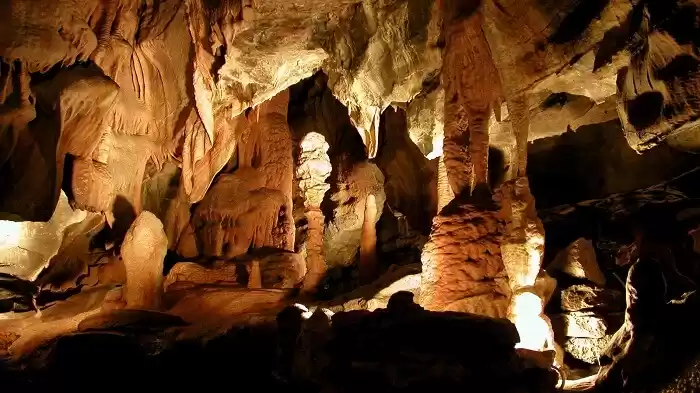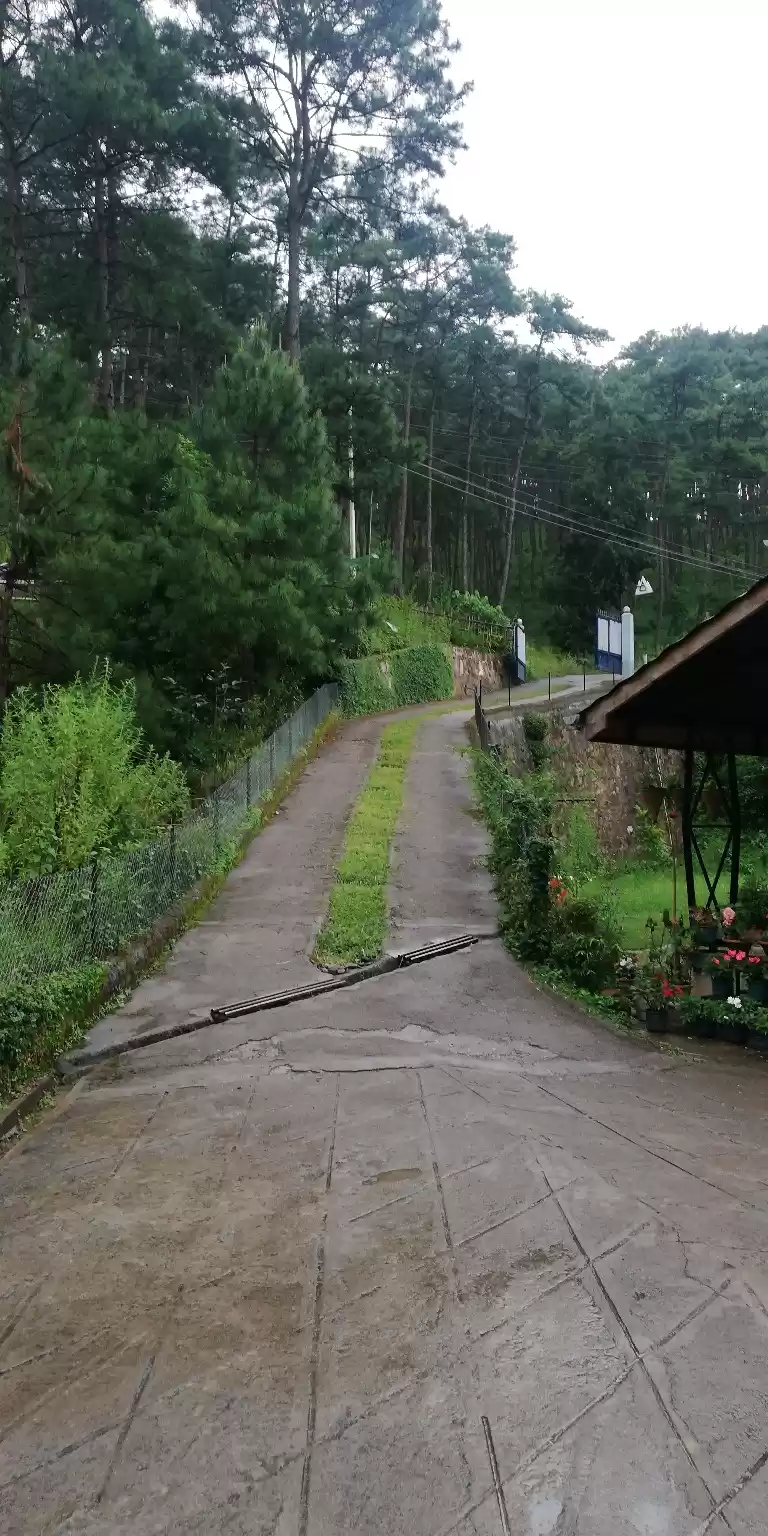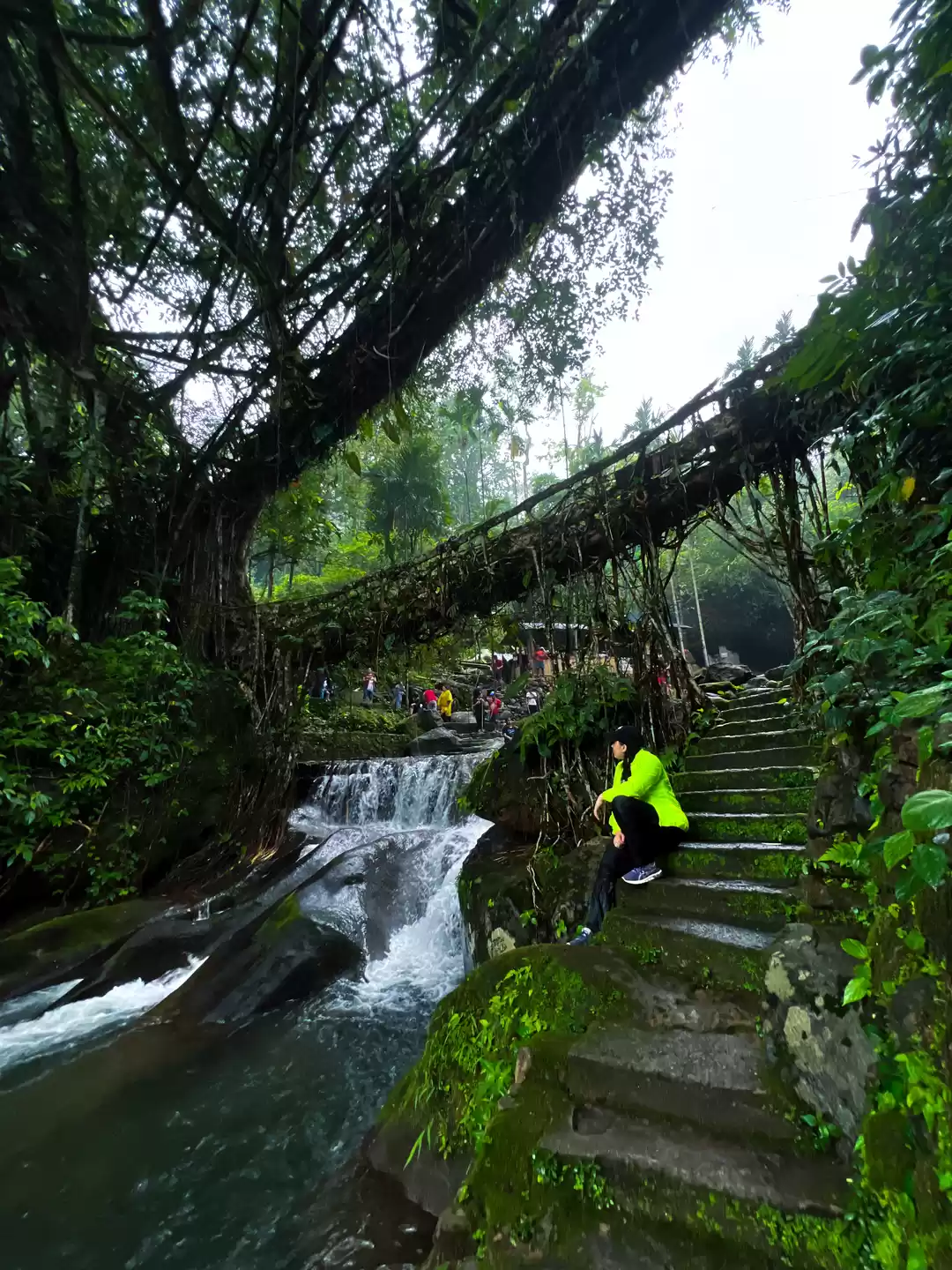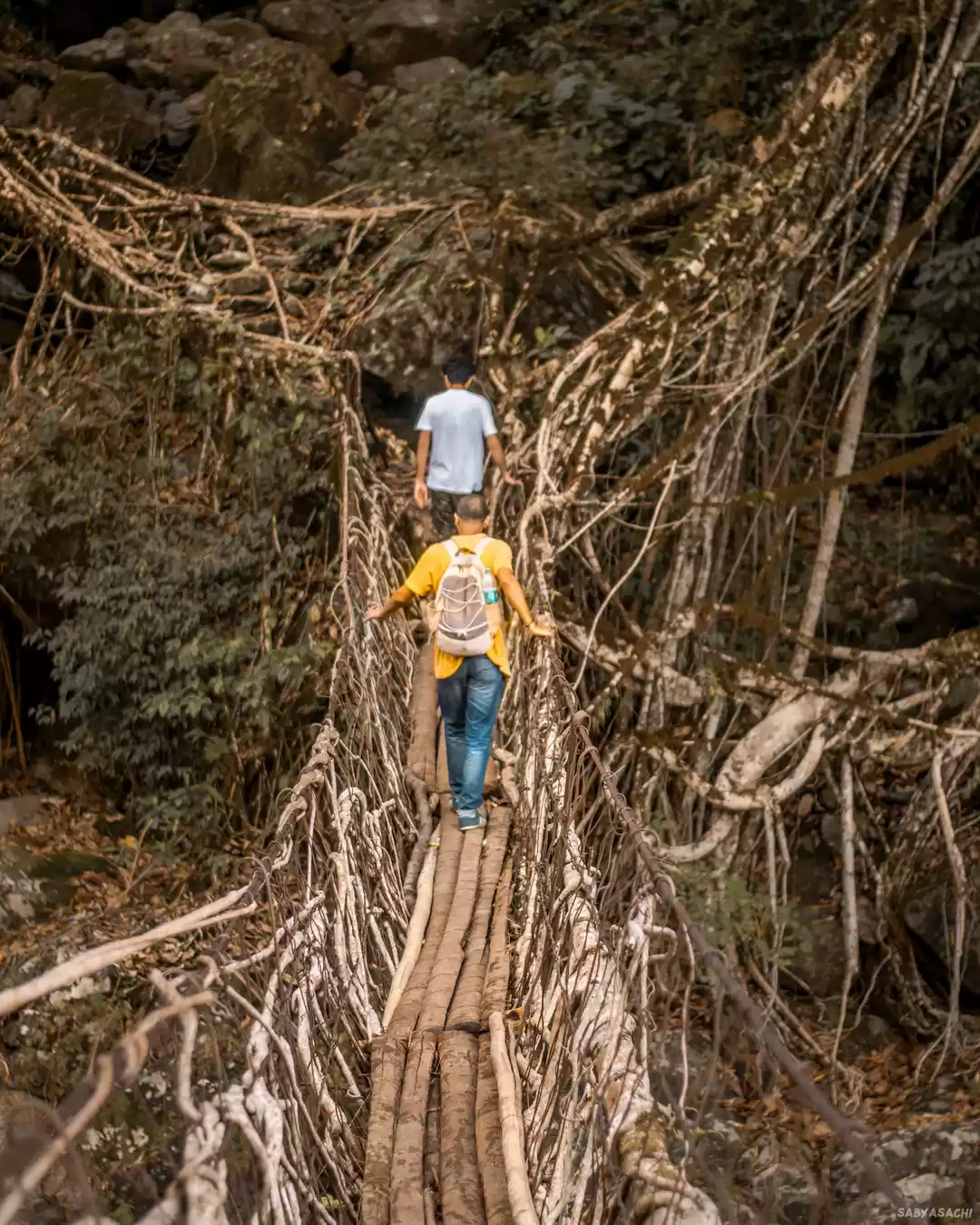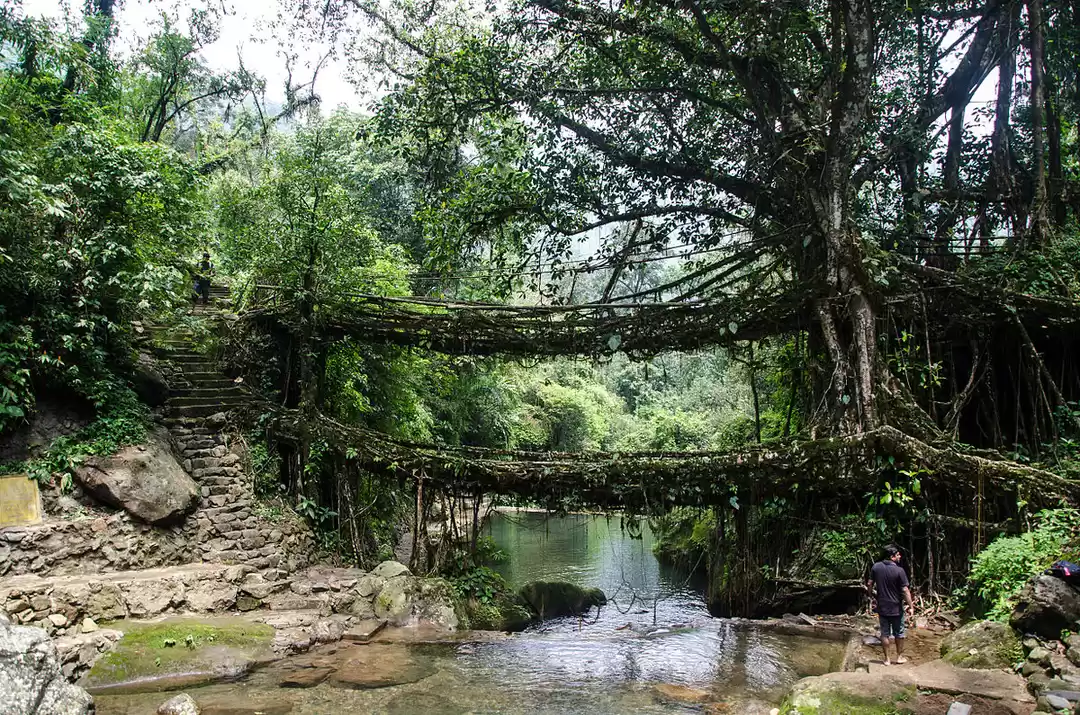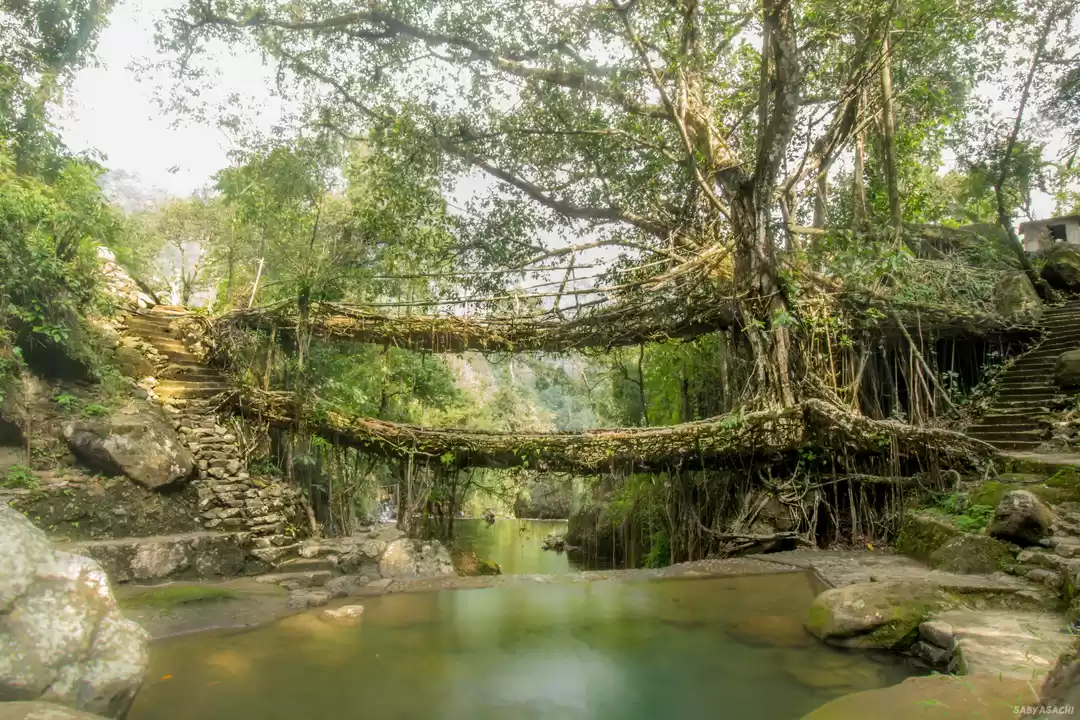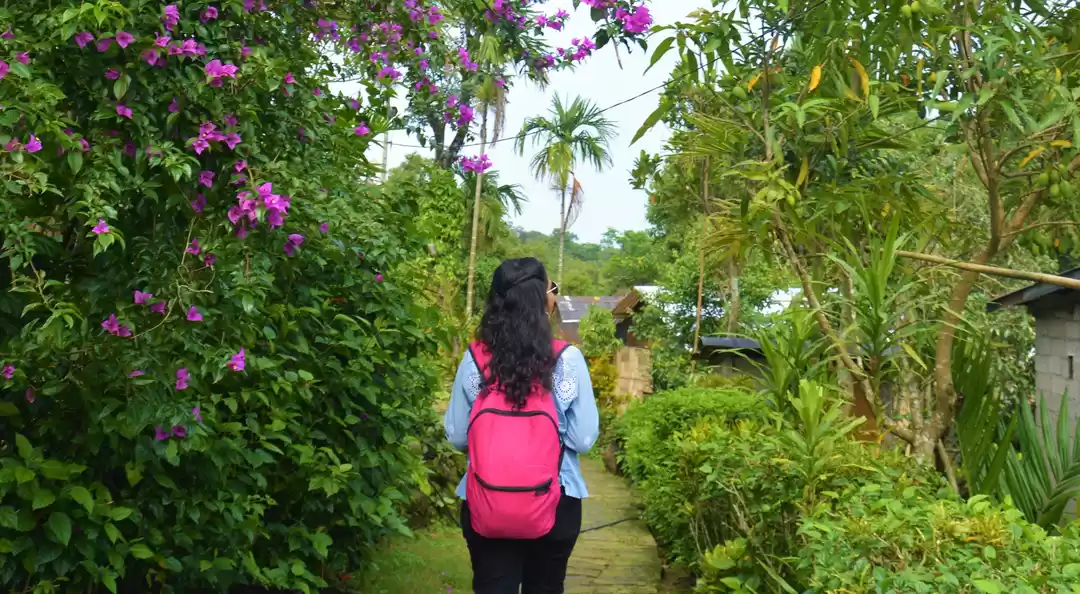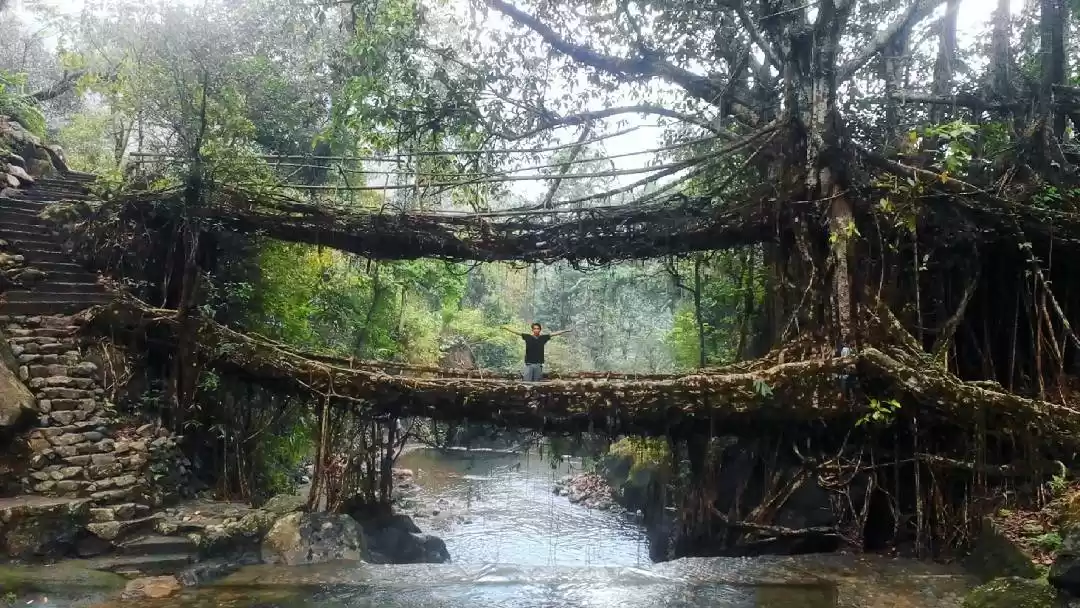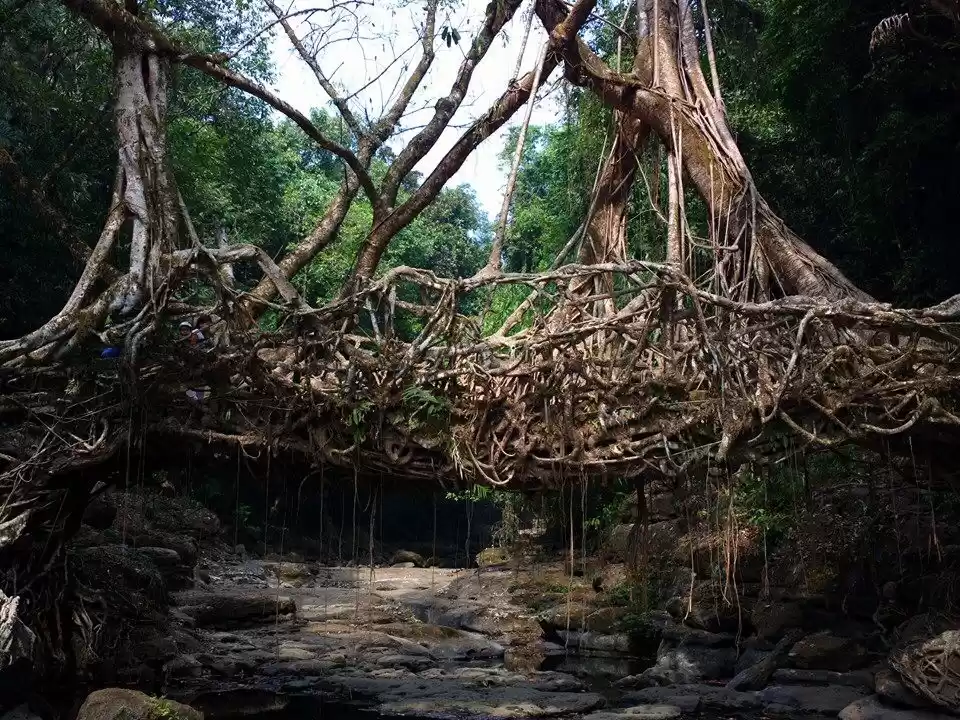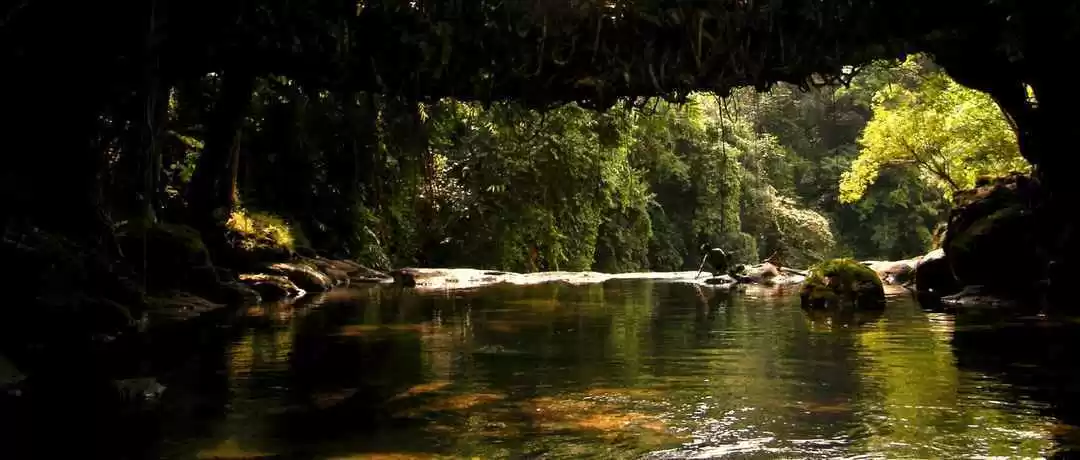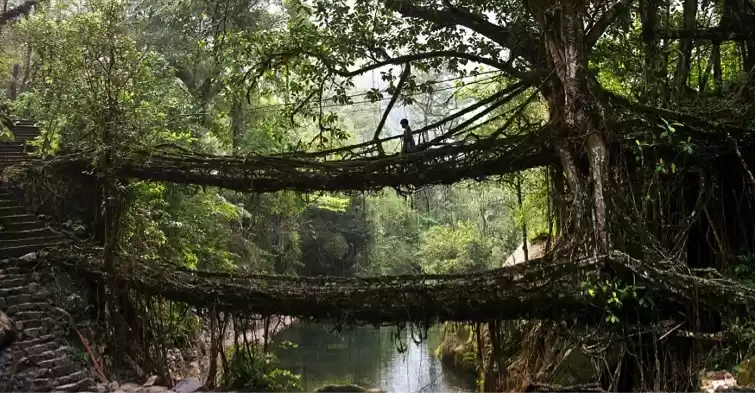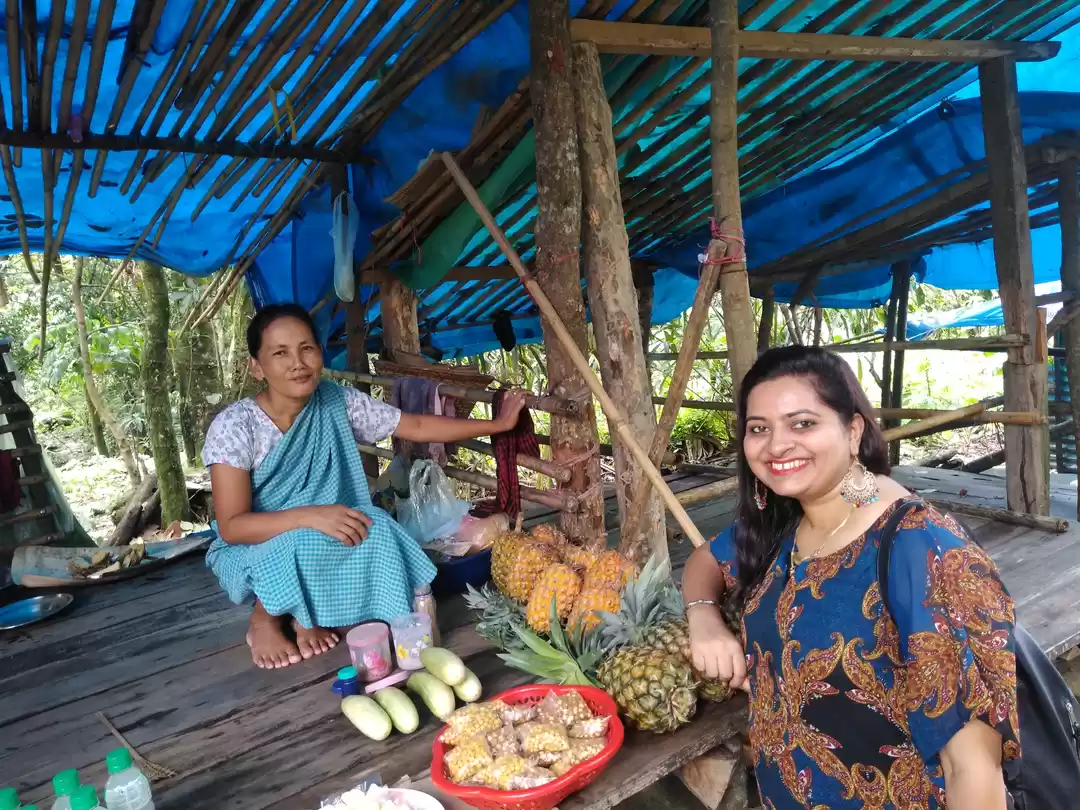Imagine walking on a bridge that is alive and growing, that can withstand floods and earthquakes, and that has been shaped by generations of tribal people over centuries. Sounds incredible, right? Well, such a bridge actually exists in Meghalaya, India, and it is called the double decker living root bridge. This bridge is one of the most unique and spectacular attractions in the world, and it deserves to be on your bucket list.
In this article, we will tell you everything you need to know about the double decker living root bridge, from its origin and structure to its location and how to reach it.
What is a Living Root Bridge and How is it Made?
A living root bridge is a type of bridge that is formed by intertwining the aerial roots of rubber trees (Ficus elastica). These roots are strong and flexible, and they can grow up to 100 feet long. The Khasi and Jaintia tribes of Meghalaya have been using these roots to create bridges across rivers and streams for centuries.
It takes about 15 to 20 years for a living root bridge to become fully functional, and it can last for hundreds of years. The living root bridges are not only functional, but also beautiful. They blend with the natural surroundings, and they are adorned with moss, ferns, orchids, and butterflies.
Different types of living root bridges in Meghalaya
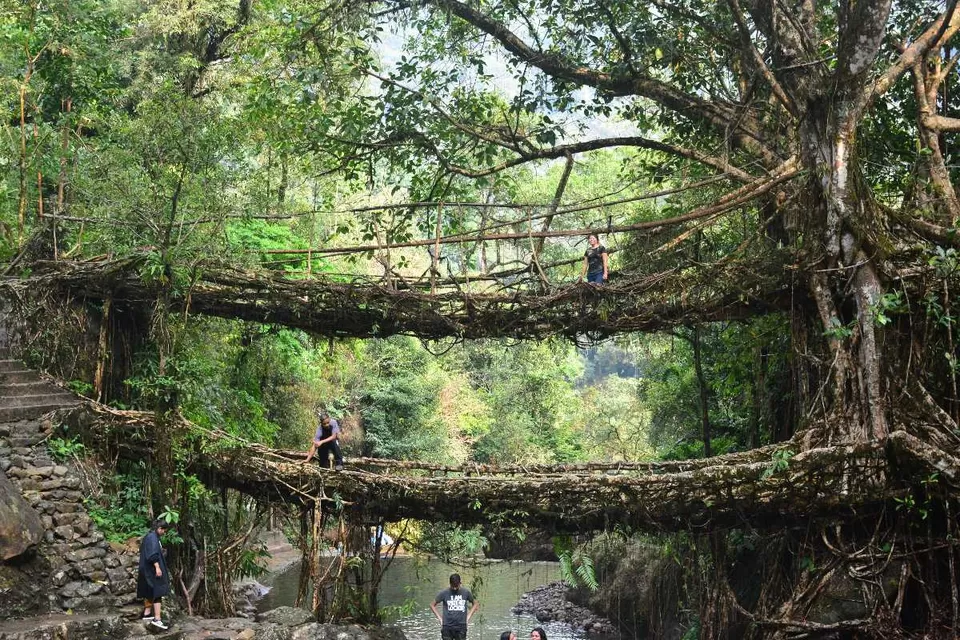
There are different types of living root bridges in Meghalaya, depending on how many layers of roots they have. The most common type is the single-decker bridge, which has one layer of roots. The most rare and impressive type is the triple-decker bridge, which has three layers of roots.
However, the most famous and popular type is the double decker living root bridge, which has two layers of roots. This bridge is the only one of its kind in the world, and it is a marvel of bio-engineering.
Where is the Double Decker Living Root Bridge Located and How to Reach It?
The double decker living root bridge is located in the village of Nongriat in the East Khasi Hills district of Meghalaya. Nongriat is about 12 km from Cherrapunji (also known as Sohra), which is one of the wettest places on earth. Cherrapunji is about 54 km from Shillong, which is the capital city of Meghalaya.
How to reach Meghalaya
To reach Meghalaya from different parts of India, you can take a flight, train, or bus to Guwahati, which is the nearest major city. From Guwahati, you can take another flight or bus to Shillong. From Shillong, you can take a taxi or bus to Cherrapunji.
How to reach Nongriat
To reach Nongriat from Cherrapunji or Shillong, you can take a taxi or bus to Tyrna village, which is about 20 km from Cherrapunji or 74 km from Shillong. From Tyrna village, you have to trek for about 3 km to reach Nongriat.
Also read: Treasure Quest in Meghalaya: Living Root Bridge | Rainbow Falls
When is the Best Time to Visit the Double Decker Living Root Bridge and What to Expect?
The best time to visit the double decker living root bridge depends on your preference for weather, crowd, and festivals. The best time for weather is between October and April, when the climate is pleasant and dry.
When you visit the double decker living root bridge, you should be prepared for what to expect.
1. The difficulty level of the trek is moderate to high, depending on your fitness level and stamina.
2. The duration of the visit can vary from a few hours to a few days, depending on how much time you want to spend at the bridge and the nearby attractions. You can either do a day trip or stay overnight at Nongriat, where there are some homestays and guesthouses available.
3. The entry fee and timings for the bridge are Rs. 50 per person and 6 am to 6 pm, respectively. You should also pay Rs. 20 per camera if you want to take photos or videos of the bridge.
4. There is no electricity, internet, or phone network at the village, so you should be ready to disconnect from the outside world and connect with nature and the locals.
What are Some Other Attractions Near the Double Decker Living Root Bridge?

There are many other natural and cultural wonders that you can visit near the bridge, such as:
1. The Rainbow Falls: This is a stunning waterfall that creates a rainbow effect when sunlight hits it. It is located about 2 km from Nongriat, and it can be reached by trekking through a forest trail. The waterfall is about 300 feet high, and it plunges into a deep blue pool that is ideal for swimming and relaxing.
2. The Umshiang River: This is a crystal clear river that flows under the double decker living root bridge. It offers opportunities for swimming, fishing, and boating. You can also enjoy the view of the bridge from different angles and perspectives from the river.
3. The Mawsmai Cave: This is a natural limestone cave that has fascinating formations of stalactites and stalagmites. It is located about 6 km from Cherrapunji, and it can be reached by taxi or bus. The cave is about 150 meters long, and it has some narrow passages and chambers that require crawling and bending.
4. The Nohkalikai Falls: This is the tallest plunge waterfall in India, with a height of 340 meters. It has a spectacular view and a tragic legend behind it. It is located about 7 km from Cherrapunji, and it can be reached by taxi or bus. The waterfall derives its name from a woman named Ka Likai, who jumped off the cliff after discovering that her husband had killed her daughter.
5. The Dawki River: This is a river that forms the border between India and Bangladesh, and it has transparent water that reflects the sky. It is located about 82 km from Cherrapunji, and it can be reached by taxi or bus. The river is famous for its boating and camping activities, as well as its friendship bridge that connects the two countries.
The double decker living root bridge is a unique and breathtaking wonder of nature that deserves to be visited at least once in a lifetime. It is not only a marvel of bio-engineering, but also a testament to the harmony between humans and nature.
Also read: Living Root Bridges in Meghalaya
So, what are you waiting for? Book your trip to Meghalaya soon and experience the magic of the double decker living root bridge for yourself.




